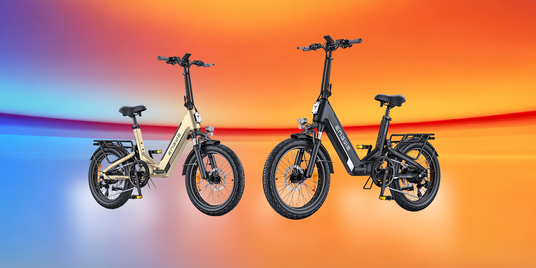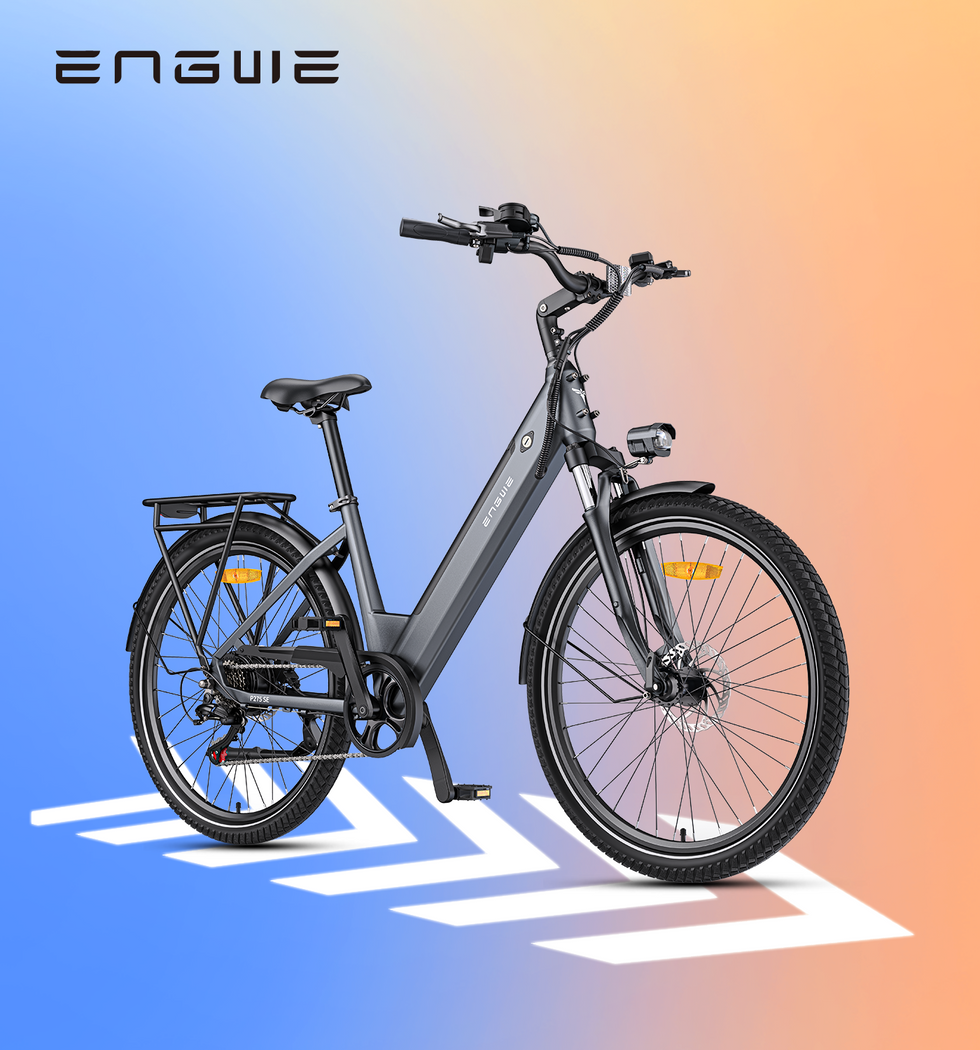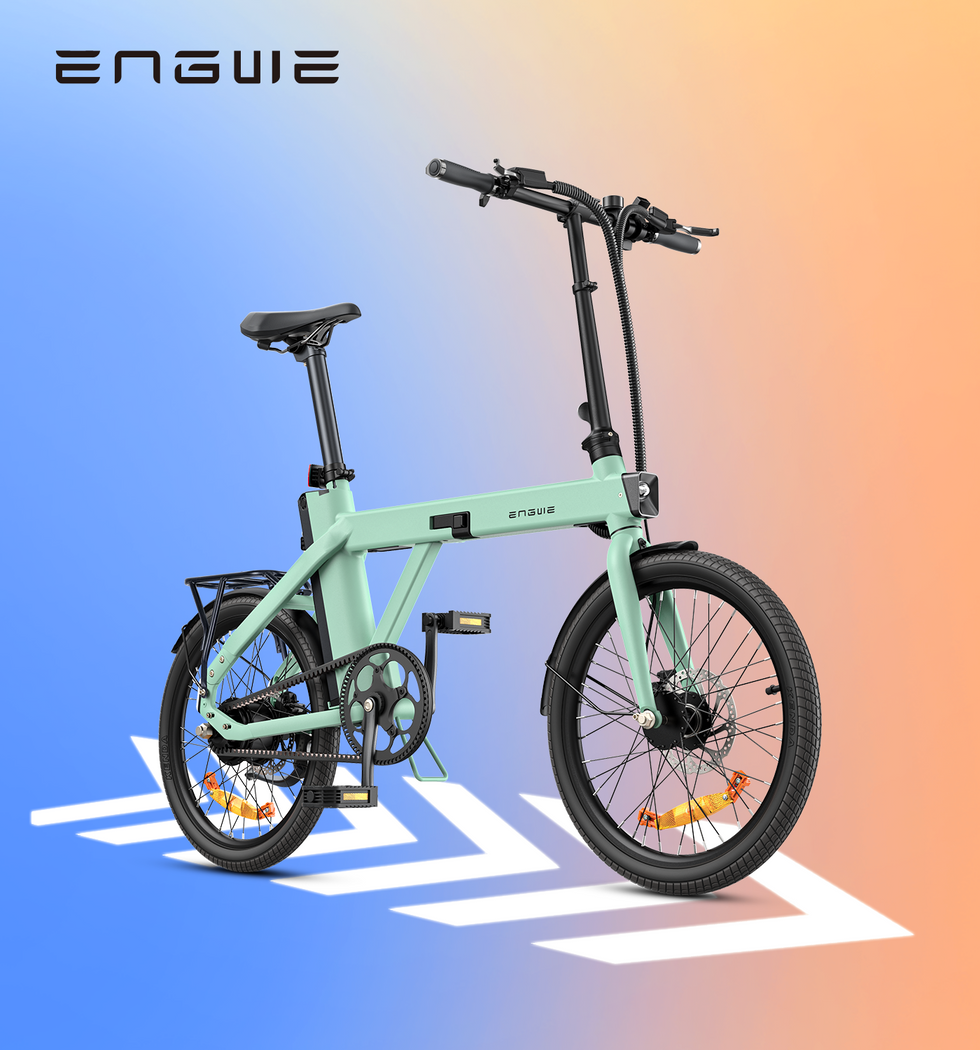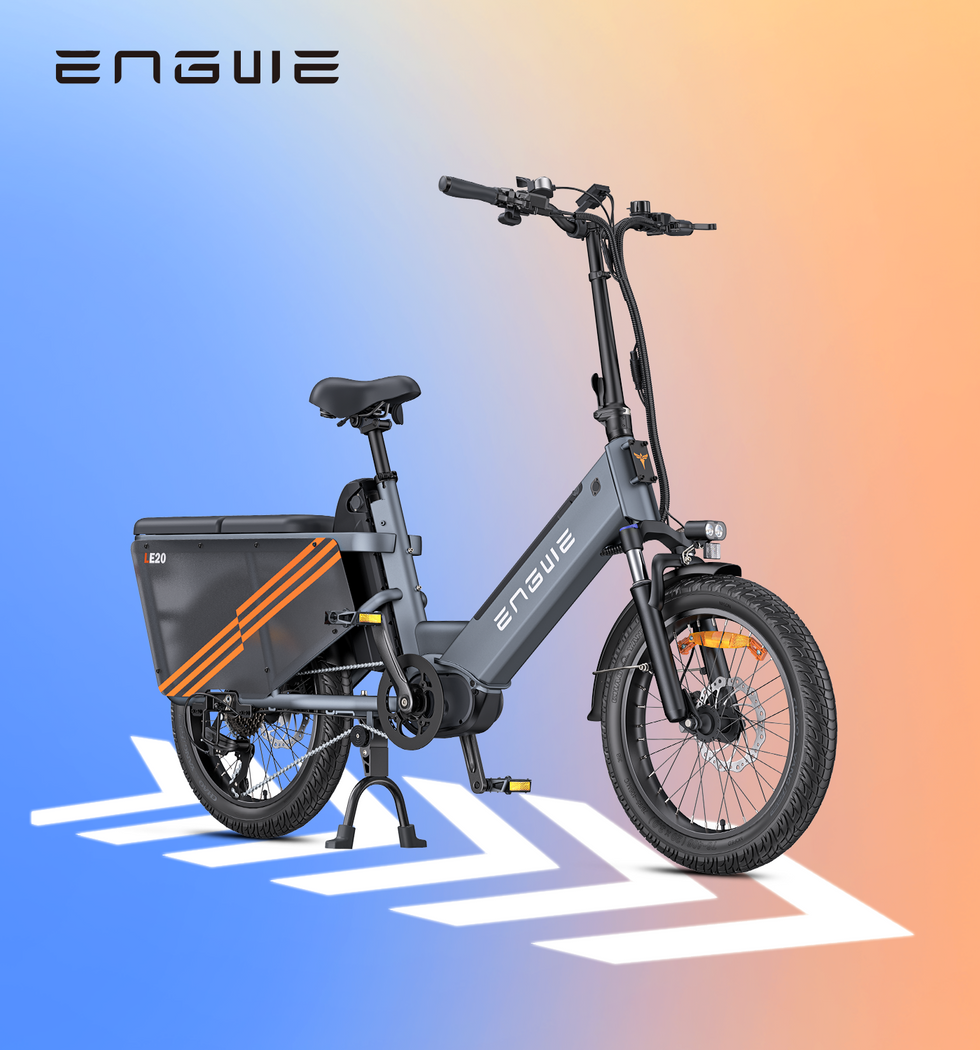The idea of silently sweeping up a hill with little effort on the bicycle you built with your own hands is an intoxicating one. The attraction of a DIY electric bike project is strong, and the promise of a custom-built ride at an affordable price is a draw for many people. Can you start to picture the smugness, the one-off production just for you, and the money left in your pocket? But before you open your laptop and begin filling a virtual shopping cart with hub motors and lithium-ion batteries, it is important to step back from dreams of electrified freedom and see the project for what it is: both an investment in something serious and a creative endeavor in its own right. That is the aim of this guide – to guide you through this decision-making process and provide the insights necessary to find out whether building your own electric bike is the right route for you, or if your journey would be best started on a rolling machine constructed by professionals.
Should you DIY your own e-bike? Pros and Cons
There are pros and cons to every project you’ll do, and a DIY electric bike conversion is no exception. To make more informed decisions, you first have to be clear about what those are. For better or worse, the biggest benefit tends to be cost. With the bicycle and labor from you, you might be able to put together a quality electric bike for less than a store model with similar specs. Customization is another huge draw. You can decide on the power of the motor, how far the battery should get you and, for some models, what kind of throttle or pedal assist. Create a ride to perfectly match your commute route, trail-riding style, or cargo-hauling needs. And of course, there's the huge satisfaction and technical know-how you gain from creating such a complicated thing on your own.
But the obstacles are sometimes significant. It is vastly more complicated than bolting on parts. It takes a fair amount of mechanical and electrical experience too. You’re going to have to deal with a bunch of wiring, mounting stuff securely, and getting everything to play nicely with each other. Safety is a most pressing issue that cannot be stressed too much. Incorrectly wired electronics may pose a fire hazard, and an incorrectly installed motor can be unsafe. Your DIY creation isn’t a store-bought e-bike; it doesn’t offer a warranty, technical support, or reliability assurance. It can also be a significant time commitment, so what looks like a weekend project can end up being a month-long mystery.
| Feature | DIY E-Bike | Store-Bought E-Bike |
|---|---|---|
| Cost | Potentially lower initial cost | Generally higher upfront cost |
| Customization | High (choice of motor, battery, etc.) | Limited to available models and options |
| Warranty & Support | None; you are the support | Included manufacturer warranty and support |
| Time & Effort | Significant investment in research and labor | Minimal; ready to ride out of the box |
| Satisfaction | High sense of achievement and learning | Convenience and peace of mind |
The Heart of the Matter: What's Inside DIY Conversion Kits
If you decide to go for it, your adventure starts with choosing a kit. This is the list of parts you gather when you get ready to turn your regular old bicycle into an electrically-armed powerhouse. The three most important components of any kit, however, are the motor, the battery, and the controller. There are essentially two categories of motor that you can go for. For DIY projects, hub motors provide you with the most options. They are located in the center of a wheel and leave the original drivetrain intact. They are also quite simple to install and ideal for commuting on flat or moderate hills. If you want better performance, a mid-drive motor is the more sophisticated choice. They are installed on the crankset and feed power to the chain directly. This design uses the bike’s gears to take some of the effort out of steep hills and results in a more natural ride. There is no more crucial or expensive part than the battery. It has a capacity (measured in Ah) which dictates your range, and a Voltage that’s about power. Should you choose to construct your own pack, quality batteries with an installed BMS (Battery Management System) are essential in order to prevent overcharging and short-circuiting. The controller acts as the brain that links the motor, battery, throttle, and pedal-assist sensor (PAS) and controls the power flow.
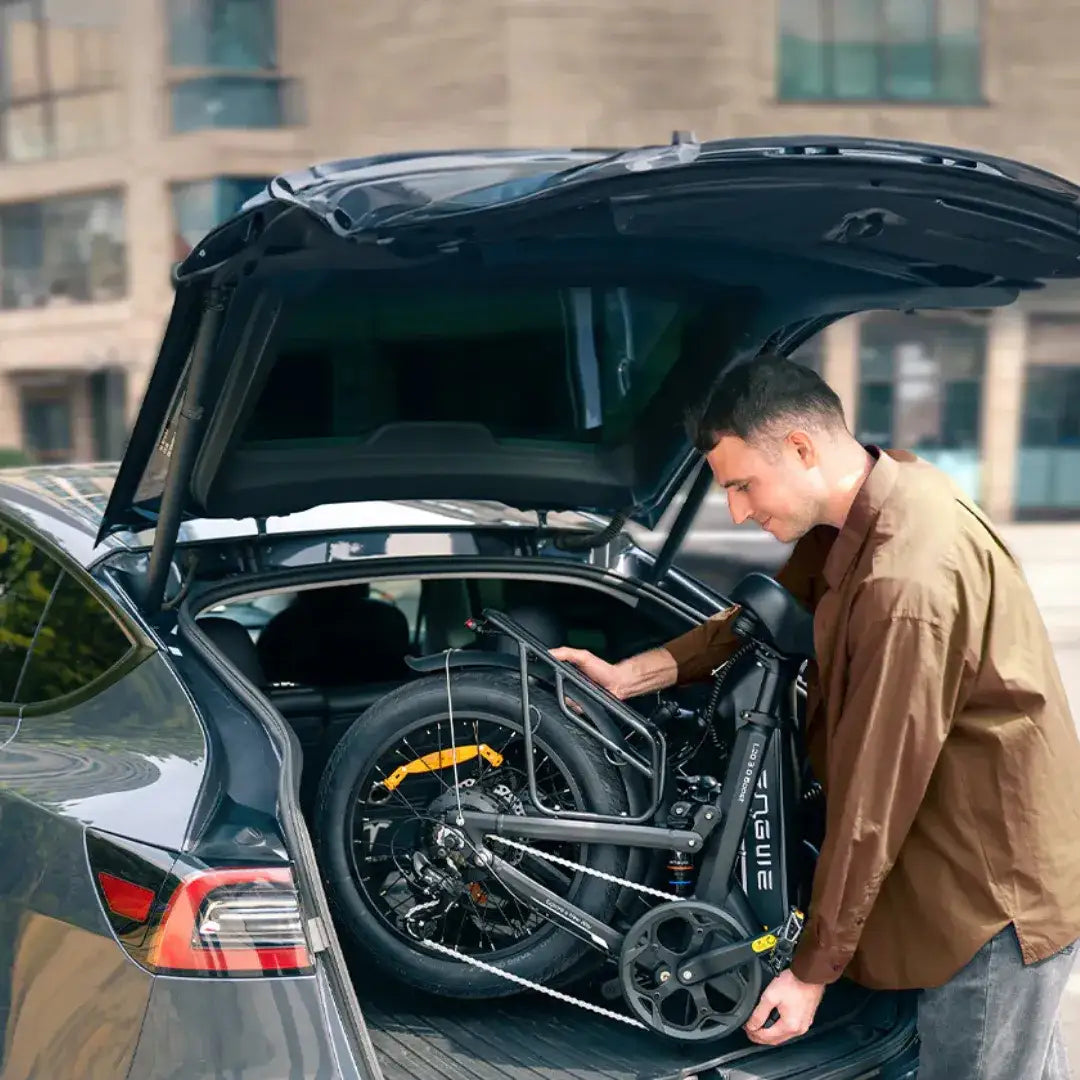
When to Buy Instead of Build: Exploring a Ready-Made Option
When you think about the difficulties involved in a DIY build, safety concerns, and voided warranties—in comparison to a well-engineered e-bike that comes fully assembled, tested, and ready to ride right from the factory—the advantages of a factory-built electric bike become much more attractive. This is where a brand like ENGWE shines, providing a smooth and strong ride from the moment you pull your bike out of the box. If you are looking for the ultimate high performance of a custom build without the risks and complexities inherent in setting one up yourself, your hunt should stop with the ENGWE EP-2 Boost. This fat tire all-terrain e-bike is not only one of the most powerful electric bikes available at this price but also lightweight and capable with a range of up to 50 miles. A large part of that is their smart torque sensor and the silky smooth, natural torque-based power delivery that comes from it; this high-end tech is something many DIY motor kits don't even come close to being able to offer. Hitting the boost button on tough climbs, you suddenly have an extra 55Nm from the motor’s 250W in a unique Boost Mode. Its massive 20x4.0 fat tires can ride on any terrain, and one-piece wheels take you anywhere you want. The 48V 13Ah removable battery delivers up to 120 miles, and the system boasts strong disc-braking power. Featuring 180mm mechanical disc brakes, a Shimano 7-speed drivetrain, and a convenient folding frame for storage and transport, the EP-2 Boost offers a professionally installed and warrantied conversion that takes the guesswork out of building an e-bike, leaving you more time to enjoy your new ride.
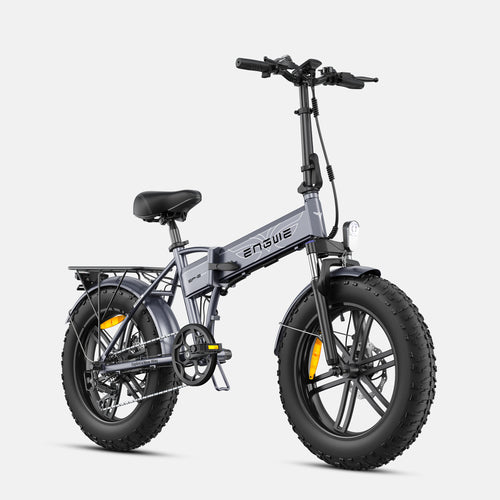
Your DIY E-Bike Plan: Checklist of the Key Stages and Mistakes to Avoid
If you're sticking to the DIY route, you need a game plan. 1) First of all, you are going to need a good donor bike. Any bicycle with a rigid steel or aluminum frame is suitable. It is important it has good brakes on it; I would recommend disc brakes, especially since you will be riding faster and therefore need to be able to stop easily. Second, be thoughtful about your conversion kit: matching the size and type of motor to how you’ll use it. For hills, a powerful mid-drive is ideal, and a simple hub motor would probably work for flat commutes. Third, during installation, be meticulous. On hub motors, installing a torque arm is mandatory if you want to avoid unsafely ripping off your frame's dropouts, which can break off due to the force of the motor. Keep your wires organized and avoid tangles and breakage. Install your battery securely where the bike will be as well-balanced as possible. Almost all safety cases stem from being too cheap to fork out for a certified safe battery, the single biggest safety risk. Other common errors include underestimating the amount of mechanical work required, building a “rat’s nest” of wiring that is sure to fail, and neglecting to upgrade components like brakes and tires to account for the new speeds and weight.

Whether you build or buy, the liberty of a battery-powered ride is an experience unlike any other.
Frequently Asked Questions
1. How Expensive Is Building A DIY Electric Bike?
A simple but solid conversion kit with a decent battery generally starts around a few hundred dollars, but the price can climb considerably based on how powerful the motor is and what kind of range you get from your battery. This does not take into account the donor bicycle, tools, and parts needed!
2. Is it possible to turn any bike into an e-bike?
Most stock bikes can be converted, but some are more appropriate than others. Old, weak-framed bicycles, non-standard geometry frames, and bikes with ancient brakes are not suitable candidates. The right framework is a robust steel or aluminum frame with contemporary disc brakes.
3. Is it hard to make a DIY e-bike?
Mechanical skills are required to assemble, and a poor knowledge of electronics will limit overall performance. If you’re already good with basics like changing a tire and adjusting brakes when they rub, but are willing to be patient and follow instructions for wiring diagrams, etc., then it’s probably doable.
4. How fast can a homemade electric bike go?
The motor's power, the battery voltage, and local regulations set the maximum speed. Of course, most lower-power kits are designed to be legal; some laws only allow motor assistance up to roughly 15 mph (or 25 km/h) or a maximum output. Higher power, off-road-only kits can go much faster.
5. What is the number one thing you can do to make a DIY build safe?
The battery. A high-grade battery with a built-in Battery Management System (BMS) from a reputable vendor is the most crucial safety device. It safeguards against over-charging, over-discharging, and short-circuiting—a quick way to cause a battery fire.
